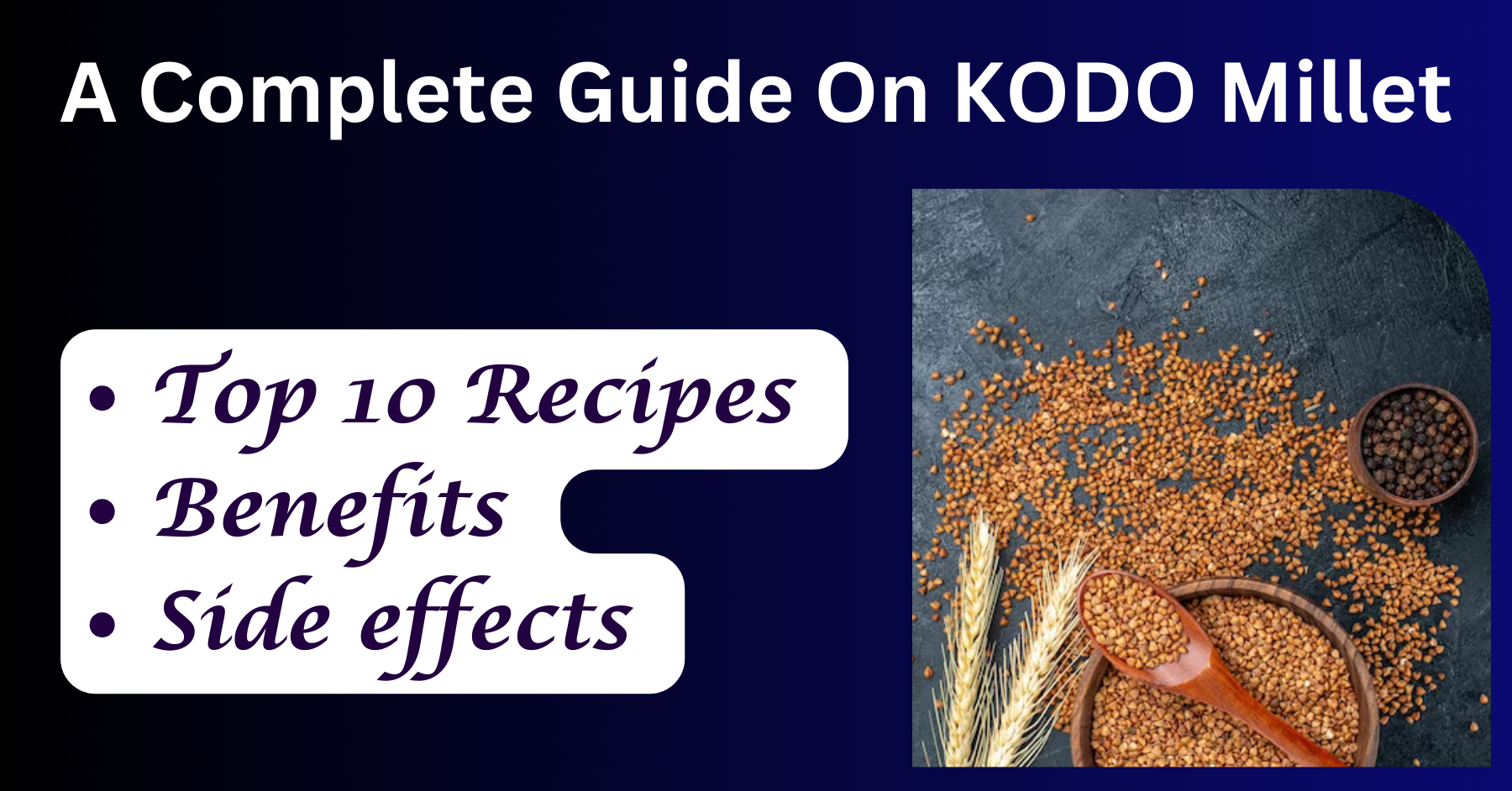
Updated: 11-01-2024
Author: Dietitian: Trupthi Mohit Vayas ( Sr.Dietitian and she provides quality personalized diet plans)
What is Kodo millet?
Kodo millet is gluten-free but also a rich source of essential nutrients.
It contains a good amount of dietary fiber, protein, and micronutrients like iron and B vitamins.
Kodo millet is used in a variety of culinary applications. It can be cooked and consumed as a staple grain, similar to rice or wheat.
In Hindi, Kodo Millet is called "कोदो बाजरा" (Kodo Bajra)
In Telegu , Kodo Millet is called " Arikalu / Arikelu "
In Gujarathi, Kodo Millet is called " Kodro"
In Tamil, Kodo Millet is called " Varagu "
In Bengali , Kodo Millet is called " KODO "
" India is the producer of all varieties of millet including KODO, All these contain high nutritional values. We must know Importance of Millets for Healthy Living for a healthy society "
Kodo millet Nutrional values :
Kodo millet is a good source of carbohydrates, dietary fiber, protein, and various essential nutrients like vitamins and minerals.
It is rich in antioxidants and has a low glycemic index, which makes it a suitable food for people with diabetes and weight loss.
Kodo millet Nutrition value per 100 grams
The nutritional value of Kodo millet per 100 grams slightly depends on factors such as growing conditions and processing.
However, here is an approximate nutritional profile for raw, uncooked Kodo millet:
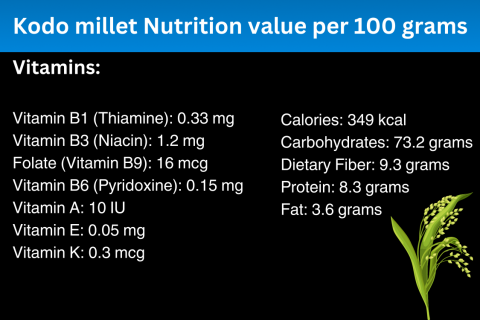
Where we can get organic Kodo millet in India?
Kodo millet has been cultivated and consumed in India for centuries and is a traditional part of many Indian diets.
States like Andhra Pradesh, Tamil Nadu, Karnataka, and Maharashtra are known for their kodo millet cultivation.
It is readily available in local markets and stores throughout India, making it an accessible and important crop in the country.
Local Organic Stores: local organic stores or co-operatives that sell a variety of organic products, including millets like Kodo millet.
These stores often source their products from local organic farmers and suppliers.
Online Retailers: Websites like Amazon, BigBasket, and specialized organic stores often have organic millets available for purchase.
When purchasing organic Kodo millet, make sure to look for certifications or labels that indicate it is indeed organic.

In India, you can look for certification from organizations like the Agricultural and Processed Food Products Export Development Authority (APEDA) or other recognized organic certifying bodies.
Kodo millet top 10 recipes
Kodo millet is a versatile grain that can be used in a variety of recipes, both savory and sweet.
It can be used for making bread, cakes, and cookies, providing a gluten-free alternative to wheat flour.
Here are the top 10 Kodo millet recipes you can try:
1. Kodo Millet Pulao:
Cook kodo millet with vegetables, aromatic spices, and herbs to make a flavorful and nutritious pulao.
2. Kodo Millet Upma:
Make a traditional South Indian Upma by sautéing kodo millet with onions, green chilies, and spices. It can be a healthy & quick breakfast option.
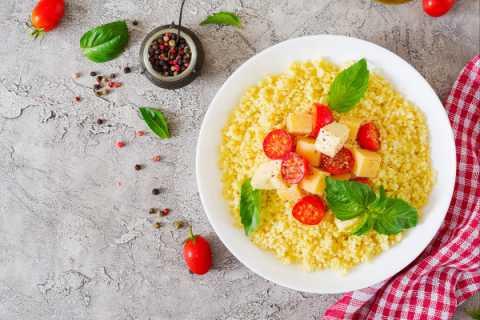
3. Kodo Millet Dosa/idli:
Prepare dosa batter using Kodo millet, urad dal (black gram), and fenugreek seeds. These dosas are crispy and delicious.
" You can make Carrot idli using KODO millet "
4. Kodo Millet Paratha:
Mix cooked kodo millet with whole wheat flour to make nutritious parathas. Serve with yogurt and a side of pickles.
5. Kodo Millet Khichdi / Curd- rice:
Cook kodo millet with lentils and spices to create a comforting and nutritious khichdi. It's a wholesome one-pot meal.
6. Kodo Millet and Lentil Salad:
Combine cooked kodo millet with cooked lentils, cherry tomatoes, cucumber, fresh herbs, and a lemon-tahini dressing.
This protein-packed salad is rich in fiber and vitamins.
7. Kodo Millet Energy Bars: Combine Kodo millet with nuts, seeds, dried fruits, and a binding agent like honey to create homemade energy bars.
8. Kodo Millet Pongal:
Make a South Indian favorite by cooking kodo millet with split yellow moong dal, black pepper, and ghee. It's a delicious and comforting dish.
9. Kodo Millet Chivda:
Roast cooked kodo millet with nuts, seeds, and spices to create a crunchy and spiced chivda (savory snack mix).
10. Kodo Millet Ladoo:
Prepare nutritious and sweet ladoos using Kodo millet flour, jaggery, and ghee. These make for a delightful and guilt-free dessert.
You can also use kodo millet in soups, stews, and as a replacement for rice in various dishes.
Experiment with your favorite flavors and ingredients to create unique Kodo millet recipes that suit your taste preferences.
Use of Kodo millet
Kodo millet is a versatile and nutritious grain that can be enjoyed by a wide range of people. Here's who can use kodo millet in their diets:
Individuals with Gluten Sensitivity or Celiac Disease: Kodo millet is naturally gluten-free, making it a safe and nutritious grain choice for those who need to avoid gluten in their diets.
Vegetarians and Vegans: Kodo millet is a plant-based source of protein and can be an important part of the diet for vegetarians and vegans.
It is rich in protein, fiber, and various essential nutrients.
People with Diabetes: Kodo millet has a low glycemic index, which means it has a minimal impact on blood sugar levels.
It can be used as a substitute for rice or wheat in the diet of people with diabetes.
" Prediabetes people can reverse diabetes with proper diet and exercises, KODO millet is preferable for prediabetics and diabetics "
Elderly Individuals: Kodo millet's nutritional profile, including vitamins and minerals, can be beneficial for elderly individuals who need a well-rounded diet to maintain their health.
Those with Digestive Issues: The fiber content in Kodo millet can aid in digestion and promote regular bowel movements.
It is a preferred option for those with digestive concerns.
People with Hypertension: Kodo millet is naturally low in sodium and can be used in a low-sodium diet, which may be recommended for individuals with hypertension.
Pregnant women can include kodo millet in their diets as part of a well-balanced and nutritious meal plan.
It is a good source of essential nutrients, including carbohydrates, dietary fiber, protein, vitamins (B-complex vitamins such as thiamine, niacin, and folate), and minerals (iron, calcium, magnesium, and zinc).
These nutrients are important for the health of both the mother and the developing fetus.
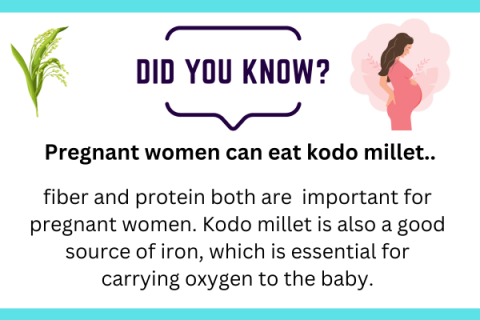
Kodo Millet Benefits
Nutrient-Rich: Kodo millet is rich in carbohydrates, dietary fiber, protein, and various essential nutrients, including B-complex vitamins (thiamine, niacin, folate), minerals (iron, calcium, magnesium, zinc), and antioxidants.
Gluten-Free: It is naturally gluten-free, making it a safe grain for individuals with celiac disease or gluten sensitivity.
Low Glycemic Index: Kodo millet has a low glycemic index, which can help stabilize blood sugar levels and may be suitable for people with diabetes.
Digestive Health: The high fiber content in Kodo millet can aid digestion, prevent constipation, and support a healthy digestive system.
Weight Management: Its fiber content can promote a feeling of fullness, which also helps with weight management.
Millets are very helpful weight loss journey, consult an expert weight loss dietitian online for your weight loss : Dietitian Trupthi Mohit Vyas
Side Effects Of Kodo Millets
Kodo millet is generally safe for consumption when cooked properly. However, there are a few considerations:
Phytates: Like many grains, Kodo millet contains phytates, which can reduce the absorption of certain minerals like iron and zinc.
Soaking or fermenting the millet before cooking can help reduce phytate content.
Allergies: Some individuals may be allergic to millet, so it's important to monitor for any adverse reactions when incorporating it into the diet.
Digestive Sensitivity: While Kodo millet is a good source of fiber, excessive consumption may cause gastrointestinal discomfort in some individuals.
It's important to incorporate it gradually into the diet to allow the digestive system to adjust.
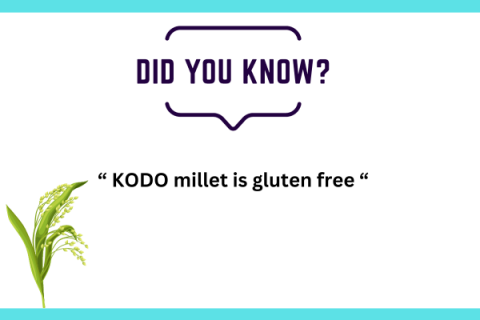
Individual Sensitivity: As with any food, individual responses can vary.
If you experience any adverse reactions or discomfort after consuming Kodo millet, it's advisable to consult with a healthcare professional.
As with any dietary change, it's recommended to consume kodo millet in moderation as part of a balanced diet.
If you have specific dietary concerns or health conditions, consult with a healthcare provider or dietitian for personalized guidance.
References :
These are some referral websites for the Article on KODO Millets.
- Indian Institute of Millets Research (IIMR): The official website of IIMR provides a wealth of information on millets, including Kodo millet. (Website: https://millets.res.in
-
"Millet: Rediscovered as an Incredible Food" by Dr. Khadar Vali
- This book provides insights into the nutritional benefits of millet, including Kodo millet.
- "Millet: The Ultimate Recipe Guide" by Jonathan Doue

Add new comment